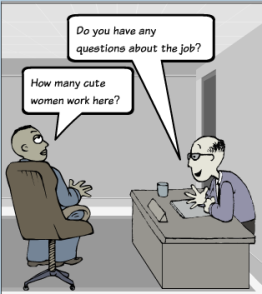 I am sure many of you have come across these omnipresent cards in hotel rooms that request you to re-use your towels to save water and protect the environment. Personally, I think these “suggestions” are just about saving costs for the hotel. I just paid a couple hundred dollars for a room and now you want me to save a few dollars for you by not drying myself in a nice, clean, freshly washed towel? Doesn’t seem right…
I am sure many of you have come across these omnipresent cards in hotel rooms that request you to re-use your towels to save water and protect the environment. Personally, I think these “suggestions” are just about saving costs for the hotel. I just paid a couple hundred dollars for a room and now you want me to save a few dollars for you by not drying myself in a nice, clean, freshly washed towel? Doesn’t seem right…
Despite the fact that 83% of hotels have a linen re-use policy in place, apparently only about 17% of guests actually re-use their towels. It looks like I am not alone!
So how do hotels get guests to re-use their linens? For that matter, how are people convinced to change any of their behaviors? For example; getting people to save energy at home or to wear their safety belts and goggles. How are employees encouraged to fill in an important survey or comply with organizational policies?
Our knee-jerk reaction is the carrot and stick approach (or stick and carrot depending on your humanistic view). We either ‘bribe and/or push’ people to display a desired behavior or implement processes or policies that force people to work in a certain manner. Both ways can be effective, however they are costly (incentives) and often not liked as they constrain (regulation) people.
Robert Cialdini, Professor of Psychology and Marketing at the university of Arizona, has studied what influences and persuades us to do or accept something. He has identified 6 universal principles (check out the YouTube video: Secrets of the Science of Persuasion) that persuade people to change their behavior:
- Reciprocity
- Scarcity
- Authority
- Consistency
- Liking and
- Consensus
The last principle shows that people like to do what many other people have done before. This is nothing new, of course, because we do this all the time. We want to buy a phone in a price range similar to what our friends have, we agree to join in a karaoke contest if all our other colleagues are also participating, or we are willing to try a new dish on the menu if we are told it is the restaurants best selling item (even when we have no clue what it is).
So how can you use this idea to influence people’s behaviors? Cialdini himself gave an example in which a utility company not only provided its customers with information over their personal electricity usage, but on a monthly basis, gave their customers an invoice in which they could compare their electricity usage with that of their neighbors. Over a 3-year period this led to energy savings of 1.3 billion kw/h.
Now, coming back to the re-use towel example… Cialdini experimented with different messages to persuade people to re-use their towels. Nothing had a significant impact except telling people that 75% of the guests (which was a credible and true statistic) in the hotel during their stay re-used their towels. Sharing a factual, statistical piece of information on what others are doing, prompted 30% more people to re-use their towels. And the funny part is, it didn’t cost the hotel a dime.
I am going to try to use these principles in persuading employees of a large organization to change their behavior. How? I don’t know yet, but if I am able to share in a credible manner with employees what other similar employees have done, I am sure they will follow and change their behavior.
Will keep you posted!
– Paul Keijzer
You may also like:
Breaking Bad Habits
Change From The Inside Out











